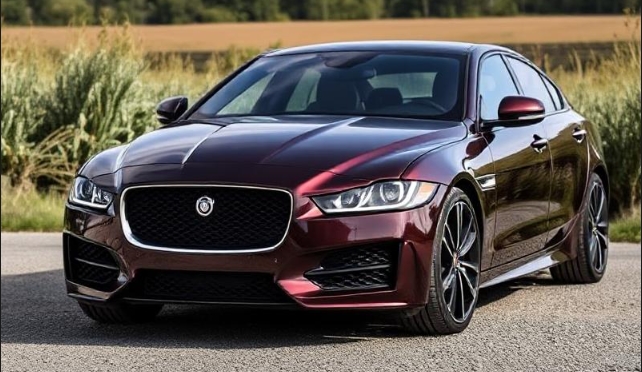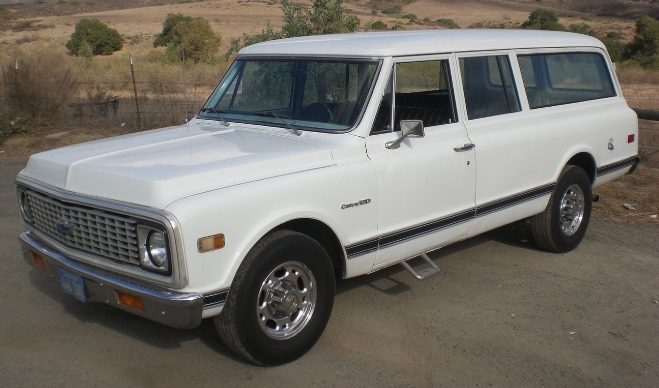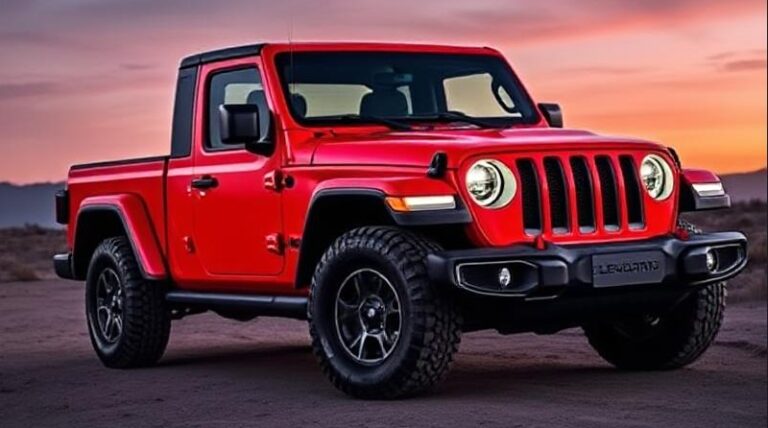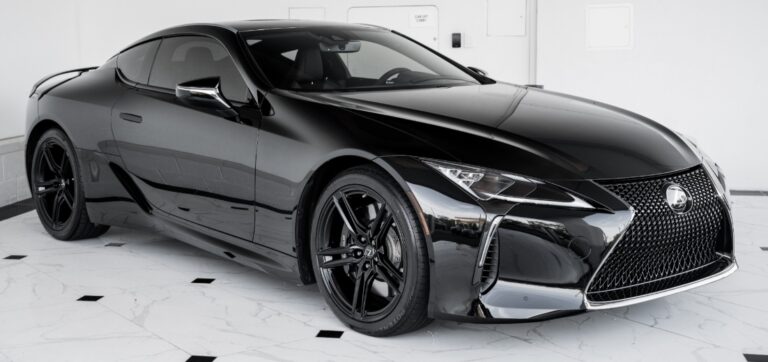The Evolution of the Jaguar XE: An In-Depth Look
Introduction
The Jaguar XE has become a prominent figure in the compact executive car segment since its introduction in 2015. Known for its sleek design, agile performance, and luxurious features, the XE represents Jaguar’s modern interpretation of luxury sports sedans. Over its production years, the XE has undergone numerous changes, adaptations, and upgrades, appealing to a diverse range of customers. This article will delve into the evolution of the Jaguar XE, highlighting key model years, trims, and noteworthy changes that shaped this remarkable vehicle.
Launch and Initial Offerings (2015)
The Jaguar XE made its global debut at the 2014 Paris Motor Show and was officially launched for the 2015 model year. Built on Jaguar’s all-new aluminum architecture, the XE was designed to be lightweight, optimizing both performance and efficiency. Initially, the XE was offered in three primary trims:
- XE Pure: This base trim included features like 17-inch alloy wheels, rear parking sensors, and a touchscreen infotainment system.
- XE Prestige: Featuring more luxurious amenities, this trim added upgrades such as leather upholstery, an upgraded sound system, and larger alloy wheels.
- XE R-Sport: This sportier version introduced features like sport seats, unique styling cues, and performance enhancements.
The engine lineup started with the 2.0-liter turbocharged four-cylinder engine producing 240 horsepower, alongside a more economical 180-horsepower variant. A 3.0-liter V6 was also available in the potent XE S version, generating 340 horsepower, further establishing the XE’s performance credentials.
Growth and Enhancements (2016-2017)
For the 2016 model year, the Jaguar XE saw minimal changes as it established its footing in the competitive executive sedan market. However, the introduction of the Jaguar XE 20d offered a new 2.0-liter diesel option, providing an efficient alternative to both performance variants and improving the vehicle’s appeal in markets where diesel engines were favored.
In 2017, Jaguar expanded the XE’s features and technology, introducing the Jaguar Land Rover InControl Touch Pro infotainment system. This update included a larger touchscreen, improved navigation, and enhanced connectivity features. The trim levels remained the same, but slight modifications in standard equipment helped enhance the vehicle’s value proposition.
Performance Focus and Special Editions (2018-2019)
The 2018 model year saw the introduction of the Jaguar XE P300, which featured the new Ingenium 2.0-liter four-cylinder engine, delivering 300 horsepower and signifying a shift toward more potent performance options without sacrificing efficiency. The range of trims was refined with the addition of the XE R-Dynamic, which offered a sportier look and enhanced performance features across various models.
During this time, Jaguar also introduced special editions, like the XE 300 Sport, which featured unique badging, distinctive exterior treatments, and additional technology upgrades. This period emphasized not only performance but also personalization, allowing buyers to select customization options that suited their tastes.
.
You’ve got that cool car, but is it resting in its own cool place?
It’s visually pleasing for the surrounding areas outside of your home to look as awesome as what’s stored inside your garage! If you desire a truly inspirational environment, you should check into these plans!

.
Mid-Cycle Refresh (2020)
2020 marked a significant moment for the Jaguar XE, as it underwent a mid-cycle refresh, enhancing both its aesthetics and technology. The exterior received subtle design tweaks, including a revised front fascia with new LED headlight designs. Inside, the cabin layouts were modernized with more high-end materials and an updated infotainment system, now featuring a more intuitive interface.
The 2020 model year also saw the introduction of the Jaguar XE R-Dynamic trim, which combined sportiness with additional luxury features. The engine options were retained from prior years, including the Ingenium family, now designed to be more efficient.
The Final Years and Transition to Electrification (2021-2023)
As Jaguar Land Rover began its transition towards electrification, the Jaguar XE’s production decreased in alignment with the growing trend toward EVs. By 2021, the model lineup was significantly streamlined, focusing on providing an appealing yet efficient driving experience while reducing its environmental footprint.
Although still well-regarded, the XE began to face fierce competition in the compact executive market, particularly from electric rivals such as the Tesla Model 3 and luxury brands pushing out high-performance hybrid and electric vehicles. The range was distilled down to just a few configurations, with the 2021 and 2022 models primarily retaining the already established trims—XE P250 and XE P300—while adding slight upgrades in technology and safety features.
The Legacy and Future of the Jaguar XE
With the advent of the 2023 model year, Jaguar announced that it would discontinue the XE as part of its commitment to an all-electric future, completing the transition that had begun with its plans to electrify its range. The final models of the Jaguar XE are seen as a culmination of every enhancement and refinement that has preceded them.
Throughout its lifecycle, the Jaguar XE evolved from a compelling entry into the compact executive market into a robust representative of Jaguar’s iconic spirit. With a blend of performance, luxury, and advanced technology, it attracted both traditional Jaguar enthusiasts and new buyers seeking modern luxury aesthetics.
Conclusion
The Jaguar XE’s journey from its launch in 2015 to its eventual phasing out in 2023 reflects the broader shifts within the automotive industry, particularly concerning luxury and sustainability. While the future may see Jaguar’s lineup predominantly comprised of electric vehicles, the XE will be remembered as a pivotal model that helped redefine the brand for a new generation of luxury car enthusiasts. It stands as a testament to Jaguar’s commitment to performance, design, and comfort in an era of rapid transformation in automotive technology.







